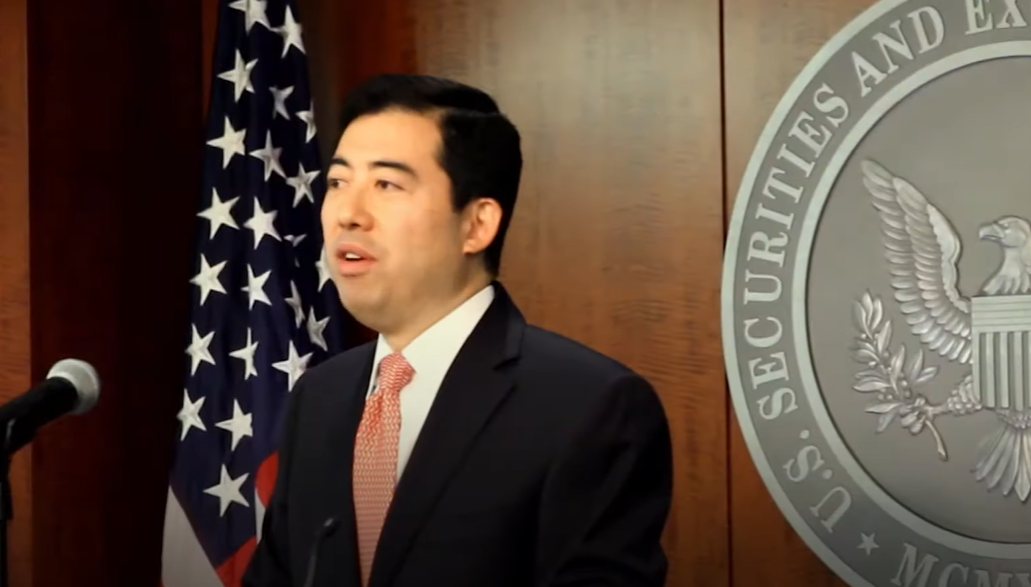The most stunning statistic today in the CPA industry is this: 80% of first generation firms never make it to the second. Why? They have non-existent or ineffective succession plans.
What’s the one key element to a great succession plan? Effective practice management.
It creates a vision that provides for the development of great people who advance under partners’ tutelage, which leads to satisfying revenue growth and profitability which creates continuous opportunities for high-performing, ambitious staff who demand advancement to partner, all of which is propelled by great leadership, who ensures that this cycle is continuous and well-oiled: in short, the way the nation’s top firms operate.
There’s a reason Top 100 firms are top 100 firms – they get it when it comes to managing their firms like a real business, unlike the flawed model so many firms operate under.
[Visit Marc Rosenberg’s blog.]
What is the flawed (but common) model of operating a CPA firm? Partners function more like solos under one roof rather than a firm. Little teamwork among partners. Partners way too billable, doing lots of staff-level work, performing as doers instead of builders. Firm management and strategic planning are not highly valued and compensated. Firms say their staff is just as important as clients but don’t walk the talk. Weak mentoring of staff and scant compensation for partners who are successful at it. The partners work forever, erroneously feeling that they can always sell out at one times revenue when they no longer can or want to work.
What’s the #1 thing that firms fail at in succession planning? It’s too easy to answer this by saying “staff.” Every firm struggles with this. The real answer is: With the staff you have and will recruit, are the partners truly committed to mentoring the staff and developing them as leaders? Are the partners willing to be accountable for this? Are the partners willing to make the development of staff into leaders an important factor in allocating partner income? Succession planning is virtually impossible without effective leadership development.
OTHER MUST-HAVES FOR A SUCCESSION PLAN
First things first: the showdown. (Warning: this may be the most anxious, tear-inducing partner meeting you will ever have!) At this meeting, the partners look each other in the eyeball, often for the first time, and share their innermost desires about what they personally want from the firm. What exit strategy do they want: stay independent or merge up? Do they ever want to retire? When do they want to retire? When they “retire,” do they want to keep working? Full or part-time? How long part-time? When will they transition their clients?
Criteria for promotion to partner. There are several critical ones including: (1) trust – not trust that they won’t cheat on their expense reports or steal money – but trust that they will make good decisions, use good judgment, follow the firm’s policies and live and breathe the firm’s core values; (2) develop great client relationship skills; (3) earn credibility with younger staff; and (4) contribute in some manner to business development. Click here to download a one-page list of criteria for promotion to partner.
CPA Firm Succession Planning: A Perfect Storm is a must-read for firms that want to focus on keeping the firm independent instead of merging out of existence. due to a lack of successors. It addresses ►how to assess your existing staff, ►leadership development, ►MP transition, ►governance structure needed to remain independent, ►client transition, ►partner buyout plan, ►partner buy-in plan and other issues.
Mandatory retirement policy. If you want to successfully preserve your firm for future generations and have younger partners enthusiastically write your retirement checks, you need to understand that there is only one reason why your brighter, more ambitious staff stay with your firm – to take over your firm management roles, client bases and $500K annual salaries! Firms with stagnant growth and partners who never retire and refuse to delegate clients will virtually guarantee the eventual exodus of the best and the brightest. That’s why mandatory retirement plays a crucial role in a succession plan. In the words of Barry Melancon, in his letter to the EEOC on mandatory retirement, “it allows for the predictable progression of lesser tenured, and often more diverse individuals into the firm, thus facilitating the orderly transition of clients from senior partners to those who will succeed them.” For those of you concerned about the legality of mandatory retirement, only Big 4 CPA firms and mega law firms have been the targets of the government.
Your firm’s next managing partners. The CPA profession is fortunate to have had or experienced a continuous flow of entrepreneurial founding, rainmaking owners who provided great leadership to their firms. But for many of them, firm management is not their forte, particularly at firms that grew substantially from itheir modest beginnings. This can happen when MPs manage a large client base, which prevents them from properly managing the firm. Traits of new MPs include (1) seeing themselves as CEOs and devoting much more attention to firm management than their predecessors, (2) reducing their client bases dramatically to free up time to manage, (3) holding partners accountable for fulfilling their roles in the firm and achieving their goals, (4) adopting a corporate (fewer votes, more centralized management) rather than a partnership (lots of votes and heavy on building consensus before decisions are made) organizational style and (5) more forward thinking in technology.
Basic governance policies. Make sure the buy-in is nominal ($75-100K) instead hundreds of thousands of dollars, which new partners can’t and won’t pay. Adopt an up-to-date partner retirement plan that pays partners a fair buyout that they deserve and earned, not an “entitlement” that alienates younger owners. Allocate partner income based primarily on performance that discourages partners from coasting. Have an up-to-date partner agreement that new partners, including those from mergers, will be willing to sign.
A final “basic.” Your plan should be in writing. If it’s not, it’s just a dream. Dreams are nice but in the business world, they are rarely achieved unless they are in writing.
————-
Marc Rosenberg is a nationally known consultant, author and speaker on CPA firm management, strategy and partner issues. President of The Rosenberg Associates, he is founder of the most authoritative annual survey of mid-sized CPA firm performance statistics in the country, The Rosenberg Survey. He has consulted with hundreds of firms throughout his 20+ year consulting career. He shares his expertise regularly on The Marc Rosenberg Blog.
Thanks for reading CPA Practice Advisor!
Subscribe Already registered? Log In
Need more information? Read the FAQs
Tags: Firm Management, Technology




